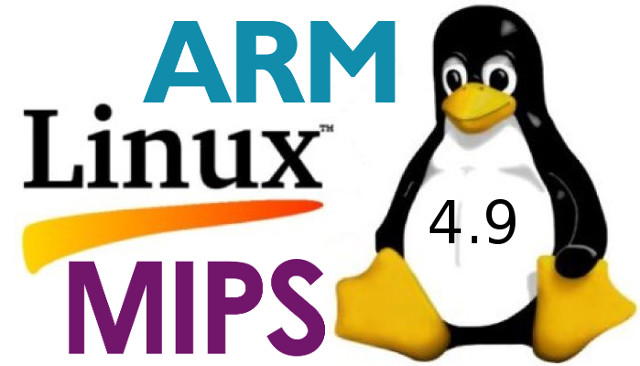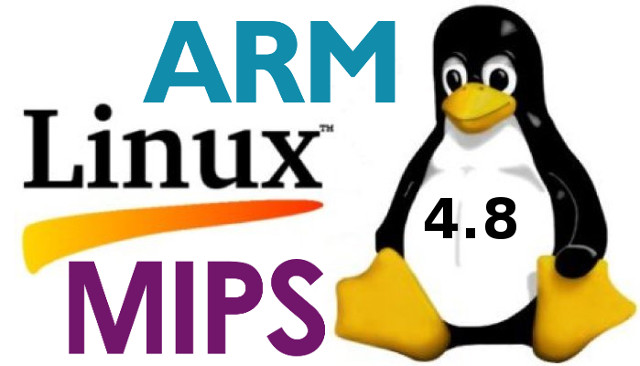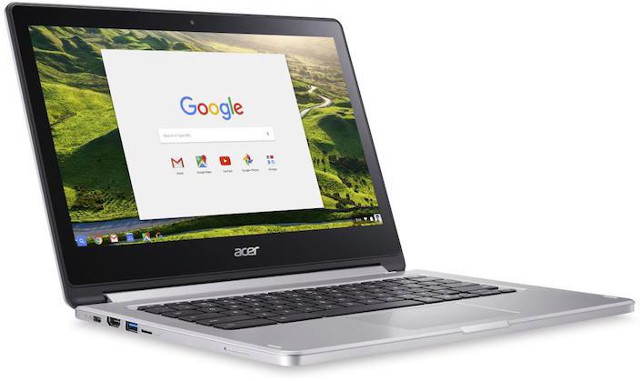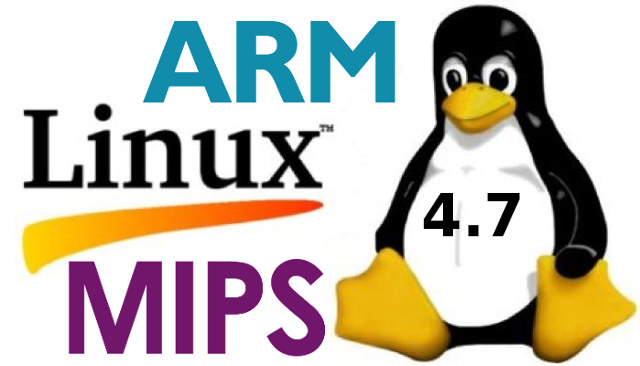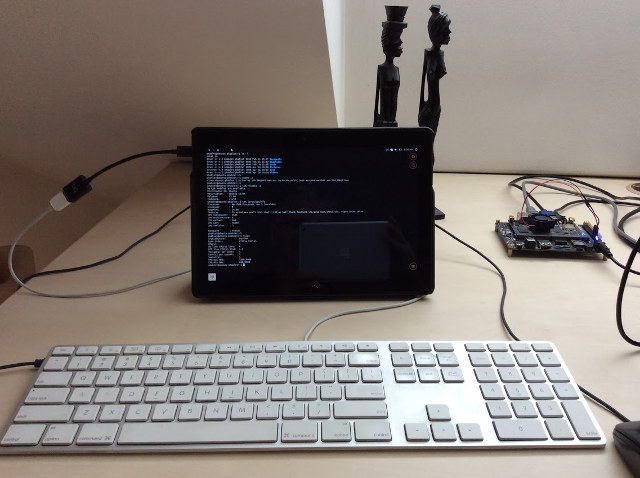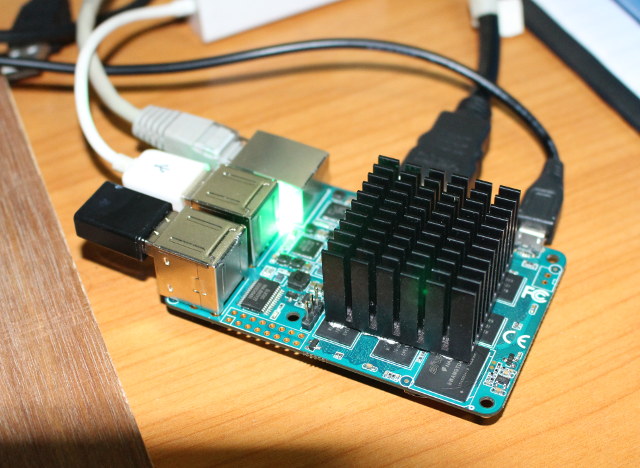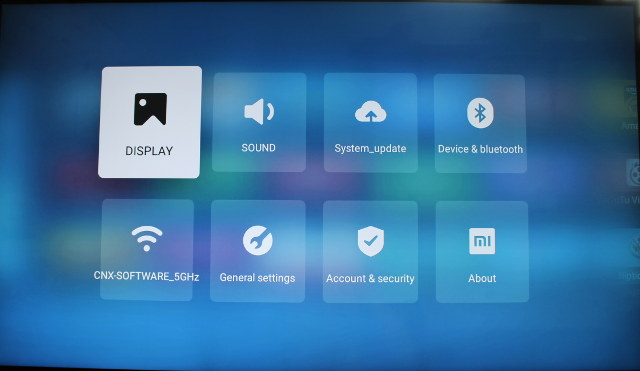Linus Torvalds released Linux 4.9 on Sunday: So Linux 4.9 is out, and the merge window for 4.10 is thus open. With the extra week for 4.9, the timing for the merge window is obviously a bit awkward, and it technically closes in two weeks on Christmas Day. But that is a pure technicality, because I will certainly stop pulling on the 23rd at the latest, and if I get roped into Xmas food prep, even that date might be questionable. I could extend the merge window rather than cut it short, but I’m not going to. I suspect we all want a nice calm winter break, so if your stuff isn’t ready to be merged early, the solution is to just not merge it yet at all, and wait for 4.11. Just so you all know (I already bcc’d the main merge window suspects in a separate mailing last […]
Linux 4.8 Release – Main Changes, ARM & MIPS Architectures
Linus Torvalds has officially released Linux 4.8 last Sunday: So the last week was really quiet, which maybe means that I could probably just have skipped rc8 after all. Oh well, no real harm done. This obviously means that the merge window for 4.9 is open, and I appreciate the people who already sent in some pull requests early due to upcoming travel or other reasons. I’ll start pulling things tomorrow, and have even the most eager developers and testers hopefully test the final 4.8 release before the next development kernels start coming 😉 Anyway, there’s a few stragging fixes since rc8 listed below: it’s a mixture of arch fixes (arm, mips, sparc, x86), drivers (networking, nvdimm, gpu) and generic code (some core networking, with a few filesystem, cgroup and and vm things). All of it pretty small, and there really aren’t that many of them. Go forth and test, […]
Acer Chromebook R13 is Powered by Mediatek MT8173 64-bit ARM Processor
The just announced Acer Chromebook R13 is both the first Mediatek Chromebook and the first 64-bit ARM Chromebook thanks to its Mediatek MT8173(c) quad core processor with two ARM Cortex-A72 cores, and two ARM Cortex-A53 cores. The Chromebook is also fitted with a 13.3″ touchscreen display, 4 GB RAM, and up to 64GB internal storage. Acer Chromebook R13 specifications: SoC – Mediatek M8173C quad core processor with 2x ARM Cortex A72 cores, 2x ARM Cortex A53 cores, and a PowerVR GX6250 GPU System Memory – 4GB LPDDR3 RAM Storage – 16, 32 or 64 GB eMMC flash Display – 13.3″ touchscreen IPS display; 1920×1080 resolution; 10-point touch; 360-degree hinge design Audio – Integrated microphone, dual built-in speakers, microphone and headphone jacks Video Output – HDMI Camera – HD webcam (1280×720 resolution) with HDR and 720p HD audio/video recording Wireless Connectivity – 2×2 MIMO 802.11ac WiFi and Bluetooth 4.0 USB – […]
Linux 4.7 Release – Main Changes, ARM and MIPS Architectures
Linux 4.7 is out: So, after a slight delay due to my travels, I’m back, and 4.7 is out. Despite it being two weeks since rc7, the final patch wasn’t all that big, and much of it is trivial one- and few-liners. There’s a couple of network drivers that got a bit more loving. Appended is the shortlog since rc7 for people who care: it’s fairly spread out, with networking and some intel Kabylake GPU fixes being the most noticeable ones. But there’s random small noise spread all over. And obviously, this means that the merge window for 4.8 is open.Judging by the linux-next contents, that’s going to be a bigger release than the current one (4.7 really was fairly calm, I blame at least partly summer in the northern hemisphere). Linus Linux 4.6 brought USB 3.1 superspeed, OrangeFS distributed file system, 802.1AE MAC-level encryption (MACsec), and BATMAN V protocol support, improved […]
Linux 4.6 Release – Main Changes, ARM and MIPS Architectures
Linus Torvalds released Linux Kernel 4.6 earlier today: It’s just as well I didn’t cut the rc cycle short, since the last week ended up getting a few more fixes than expected, but nothing in there feels all that odd or out of line. So 4.6 is out there at the normal schedule, and that obviously also means that I’ll start doing merge window pull requests for 4.7 starting tomorrow. Since rc7, there’s been small noise all over, with driver fixes being the bulk of it, but there is minor noise all over (perf tooling, networking, filesystems, documentation, some small arch fixes..) The appended shortlog will give you a feel for what’s been going on during the last week. The 4.6 kernel on the whole was a fairly big release – more commits than we’ve had in a while. But it all felt fairly calm despite that. Linux 4.5 added […]
Setup Guide & Mini Review of BQ Aquaris M10 Ubuntu Edition Tablet from a Developer’s Perspective
BQ Aquaris M10 UBuntu Edition is the first officially supported Ubuntu tablet on the market. Blu, a frequent commenter on this blog, has purchased the Full HD version, and in the guest post below, shares his experience setting up the device for development purpose, before shortly providing his overall impressions about the tablet itself. Quick introduction Ever since I had to retire my trusty-but-ancient ARM notebook (a Genesi Efika iMX51) I’ve been looking for a new ARM notebook or perhaps a 2-in-1 device, that I could use for development on the go. The basic requirements are long battery life, passive cooling and reasonable price. Also, Just Enough Power™ for running vim, a couple of toolchains (gcc/clang with gold) and, well, enough grunt to run my coding experiments. Naturally, BQ M10 Ubuntu Edition immediately got my attention to the extent of me placing an order, which got delivered this past week. […]
Android and Linux Benchmarks on MiQi Development Board
MiQi is an upcoming low cost development board powered by Rockchip RK3288 SoC that will sell for $35 with 1GB RAM and 8GB storage, and $69 for the version with a 2GB / 32GB combination. Since Rockchip RK3288 was launched in 2014, most available benchmarks were made on Android 4.4, and since MiQi is the first low cost board based on the processor, other RK3288 based board such as FireFly have not been that popular. So I’ve decided to run updated benchmarks in MiQi both in Android 5.1 and Linux (Lubuntu 14.04), which was easy since a dual boot image is pre-installed. But since I received an early sample without heatsink, I found a spare heatsink added some thermal paste and placed it on top of the processor and partially on RAM and eMMC flash. MiQi Board Android 5.1 Benchmarks I ran Antutu both using 1080p60 and 2160p30 video output, […]
Xiaomi Mi Box 3 Enhanced Review
We’ve already taken Xiaomi Mi Box 3 Enhanced TV box apart in the unboxing and teardown post, and after changing the language to English, seen the performance is excellent thanks Mediatek MT8693 hexa-core processor, so I’ve done further experiments and tests with the device, and will report my findings in this review. Settings and Power Handling and Consumption Mibox 3 Enhanced boots reasonably fast I can get to the user interface within 30 seconds. We’ve already the main GITV user interface in previous posts, but I had not gone through the settings yet. There are eight main sections: Display Resolution settings – 3840×2160 @ 60/50/SMPTE24/30/24 Hz, 1080p @ 60/50 Hz, 720p @ 60/50 Hz, Scale and position – For overscan adjustment Sound Button sounds – On/Off Sony/Philips Digital Interface Format – PCM/Raw data (actually used for HDMI audio pass-through) System_update – MIUI TV firmware OTA update Device & Bluetooth – […]


